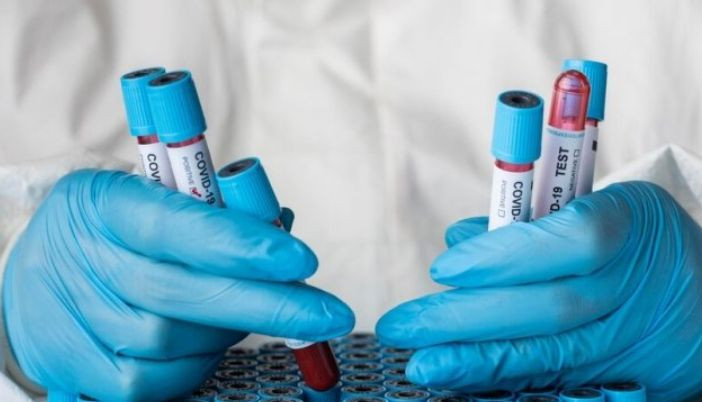“Blade in the throat” and cough: a new strain of COVID-19 or a seasonal virus – explanation of an epidemiologist
1 July 14:56
A new coronavirus variant, NB.1.8.1, known as Nimbus, has been detected in more than 20 countries. It is derived from the Omicron strain, but has a number of characteristic symptoms. The most prominent of these is a sharp, cutting pain in the throat, which patients describe as a “razor blade” sensation. Other symptoms include a dry cough, general fatigue, nasal congestion, and headache. Epidemiologist Natalia Vinograd spoke about the peculiarities of the disease, the risks of complications and how Nimbus differs from a common viral infection in a commentary to [comersant ].
According to her, the clinical characteristics of the new strain of coronavirus do include an atypically severe sore throat and a long course of the disease.
“This is how patients describe the clinical picture of the new coronavirus strain. Among the first pathognomonic symptoms is the feeling of a “blade in the throat”. In addition, this condition lasts for up to 10 days,” Vynohrad clarifies.
The expert explains that the virus affects the upper respiratory tract, which can lead to laryngitis, but does not affect the lungs. At the same time, similar symptoms can be caused by adenovirus infection, which circulates throughout the year.
“Adenoviruses circulate constantly, there is no seasonality. Especially in organized groups. Where there is a higher population density, they circulate constantly,” she added.
Vinograd emphasized that there is currently neither a specific treatment nor a vaccine targeted specifically at the Nimbus strain. According to her, the focus should be on symptomatic treatment and strict adherence to basic preventive measures.
“The new coronavirus strain does not show severe complications. However, you should not ignore the symptoms: at the first sign, you should consult a therapist or family doctor,” Vinograd added.
The epidemiologist also told how to alleviate the course of the disease in case of Nimbus infection.
“It is enough to drink plenty of water, limit physical activity and, if possible, stay in bed. We should make the most of everything natural that summer gives us – foods rich in vitamins,” said Vinograd.
Reference
NB.1.8.1 (“Nimbus”) has already been detected in more than 20 countries.
The main difference is an acute sore throat that lasts up to 10 days.
The symptoms are similar to an actively circulating adenovirus infection.
There is no vaccine against Nimbus yet, and no specific therapy.
The main recommendations are: drinking regimen, rest, avoiding overload, and monitoring your health.









